It seems to be a common feature that different countries or regions of the world have had some civilization or aboriginal cultures in their territory before the current civilization, which was somehow conquered by another. In this publication, I share content about my visit and experience at the Museum of Nature and Archaeology (MUNA) in Santa Cruz de Tenerife. The Guanches is the name given to the aboriginal civilization that inhabited the Canary Islands until half a millennium ago.
Parece ser una característica común que diferentes paises o regiones del mundo hayan tenido en su territorio alguna civilización o culturas aborígenes previas a la civilización actual, la cual fue de alguna forma conquistada por otra. En esta publicación, les comparto este contenido acerca de mi visita y experiencia al Museo de Naturaleza y Arqueología (MUNA) de Santa Cruz de Tenerife. Los Guanches, es el nombre que se le da a la civilización aborigen que habitó las Islas Canarias hasta hace medio milenio.
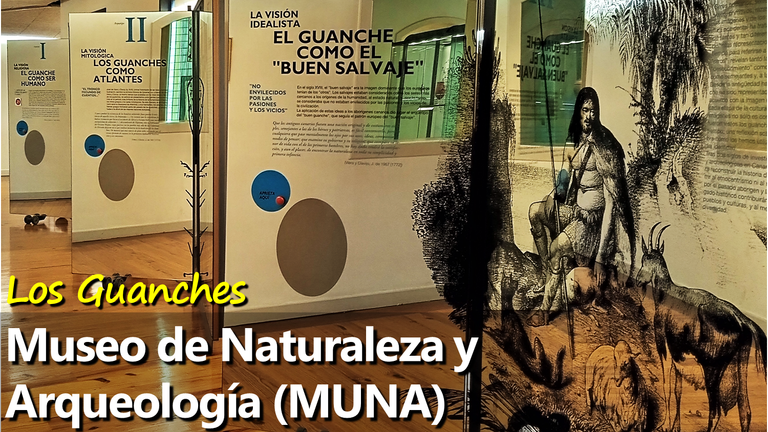
In my previous posts about the MUNA, I shared with you content in three posts, one about the 7 Canary Islands and a bit of their history, another about my visit to the Museum in general, and another about the fauna and animal and natural science exhibit. In this latest publication about the Museum, the aboriginal culture takes center stage, and the history and anthropology behind the Canarian ancestors. Mencey is the name given (or received) to the king or chief of the tribe that dominated a certain Guanche territory. Just as we have the terms reign, sultanate, khanate, cacicato (from cacique), etc., used historically around the world, the Guanches established their menceyatos. In this museum, I was able to observe some ancient Guanche structures represented in scale models. Although the Guanches seem to have made much use of natural or artificial caves for living, they could also build stone houses.
En mis anteriores publicaciones sobre el MUNA, les compartía contenido en tres publicaciones, una acerca de las 7 islas canarias y un poco de su historia, otra acerca de mi visita al Museo en general, y otra sobre la fauna y exposición de animales y ciencias naturales. En esta última publicación sobre el Museo, la cultura aborigen toma protagonismo, y la historia y antropología detrás de los antepasados canarios. Mencey, es el nombre que recibe (o recibía) el rey o jefe de la tribu que dominaba determinado territorio guanche. Así como tenemos los términos reinado, sultanato, kanato, cacicato (de cacique), etc., utilizados históricamente alrededor del mundo, los guanches establecían sus menceyatos. En este museo, pude observar algunas estructuras antiguas guanches representadas en maquetas a escala. Aunque los guaches parecen haber hecho mucho uso de cuevas naturales o artificiales para vivir, también eran capaces de construir casas de piedra.

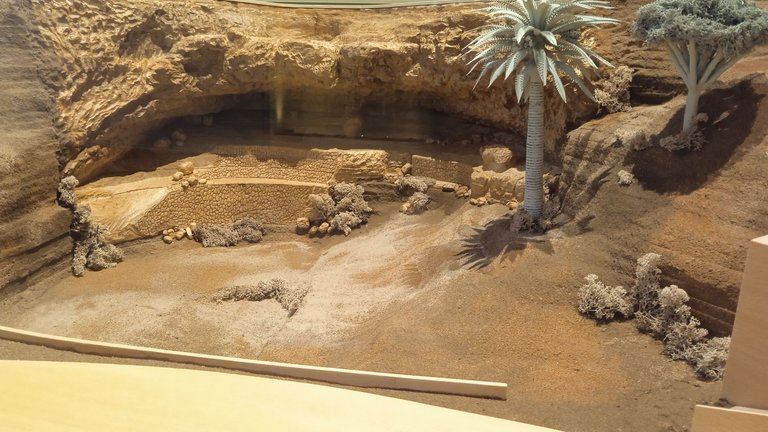
I have always been interested in ancient civilizations. The Guanches, although they could not be compared to others such as the Egyptians or the Mayans in terms of technological/cultural development, were not far behind in this respect. It should be noted that it took the Europeans about 100 years to conquer all the islands, a conquest that took place throughout the 15th century. The conquest was completed barely 4 years after the arrival of Christopher Columbus in America, so practically one conquest preceded the other. The Guanches had their written language, although it does not seem to have had much development or diffusion. They had an economy based on cattle raising and sowing, and probably fishing. Below, in one of the images, you can see another proof of the prosperity that may have existed in this aboriginal civilization. It is often said that they had an important physical build, of great height and musculature.
Siempre me han llamado la atención los temas de civilizaciones antiguas. Los guanches, si bien no podrían compararse a otras como la de los egipcios o los mayas en cuanto a desarrollo tecnológico/cultural, no se quedaban muy atrás al respecto. Debe destacarse que a los europeos les tomó alrededor de 100 años conquistar todas las islas, conquista que ocurrió a lo largo de todo el siglo XV. De hecho, la conquista fue completada a penas 4 años después de la llegada de Cristóbal Colón a América, por lo que prácticamente una conquista precedió a la otra. Los guanches poseían su propio lenguage escrito, aunque parece no haber tenido tanto desarrollo o difusión. Poseían una economía basada en la ganadería y siembra, y seguramente la pesca. Más abajo, en una de las imágenes, se puede ver otra prueba de la prosperidad que pudo haber existido en esta civilización aborigen. De hecho, se suele decir que tenían una contextura física importante, de gran altura y musculatura.
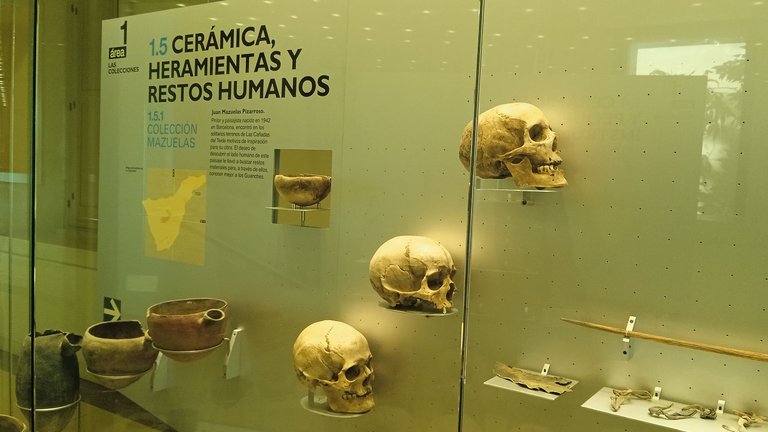
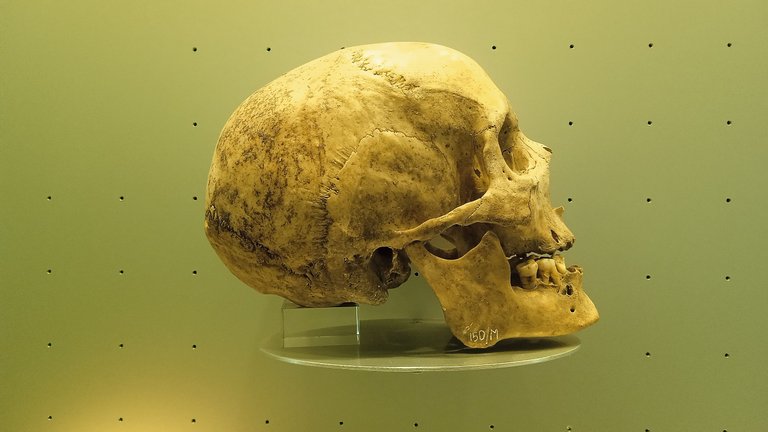
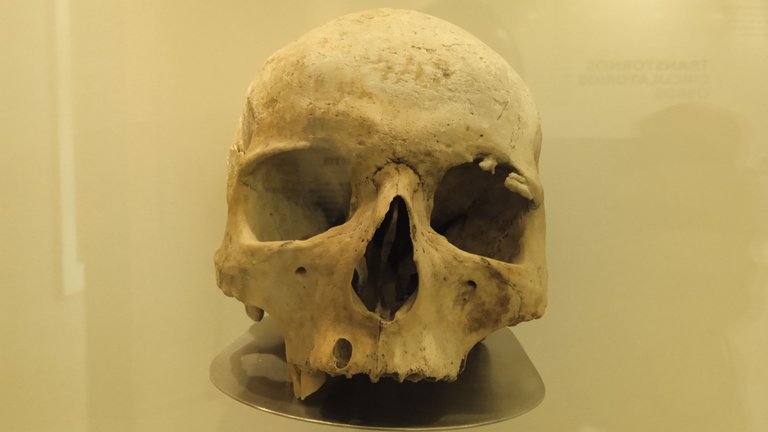
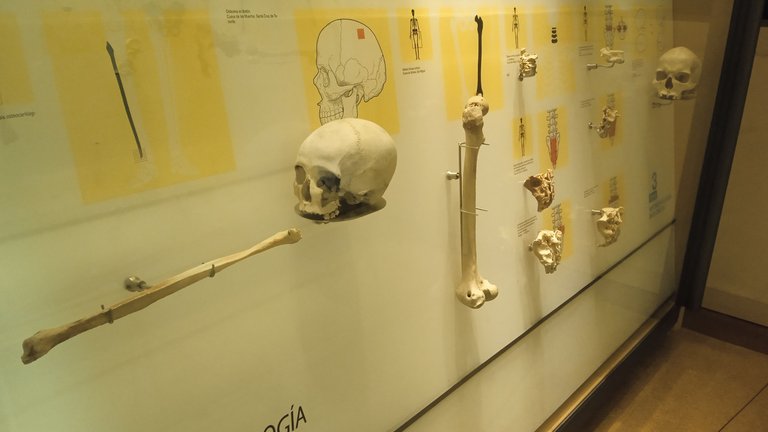
Although the handicrafts on display were not exactly Guanche (photos below), they may have some relation to them. According to DNA evidence, the Guanches would be descendants mainly of the Berbers who inhabited North Africa. That is, from tribes that inhabited the Sahara desert region. This desert and the Canary Islands are closely related, not only because of this blood link but also because of the proximity of these islands to Saharan Africa and the calima that this constantly sends through the winds. It is not known exactly how these ancestors of the Berbers arrived there, and they would have done so approximately five centuries before Christ. Although there is no solid evidence, it is said that the Romans also visited the islands at an even earlier time. DNA testing, however, fails to fully uncover all their blood origins, so there could be other ancient ancestors even from Europe.
Aunque la artesanía expuesta no era precisamente guanche (fotografías de abajo), si puede tener algo de relación con ellos. Según pruebas de ADN, los guanches serían descendientes principalmente de los bereberes que habitaban en el norte de África. Es decir, de tribus que habitaron la región de desierto del Sáhara. Este desierto y Canarias están estrechamete relacionados, no sólo por este vínculo sanguíneo sino por la cercanía de estas islas con el África sahariano y la calima que este constantemente envía a través de los vientos. No se sabe exactemente cómo llegaron estos ancestros de los bereberes allí, y lo habrían hecho aproximadamente cinco siglos antes de Cristo. Aunque no hay evidencia sólida, se dice que los romanos también visitaron las islas en un tiempo incluso anterior. Las pruebas de ADN, sin embargo, no logran descubrir al completo todos sus orígenes sanguíneos, por lo que podrían haber otros ancestros antiguos provenientes incluso de Europa.

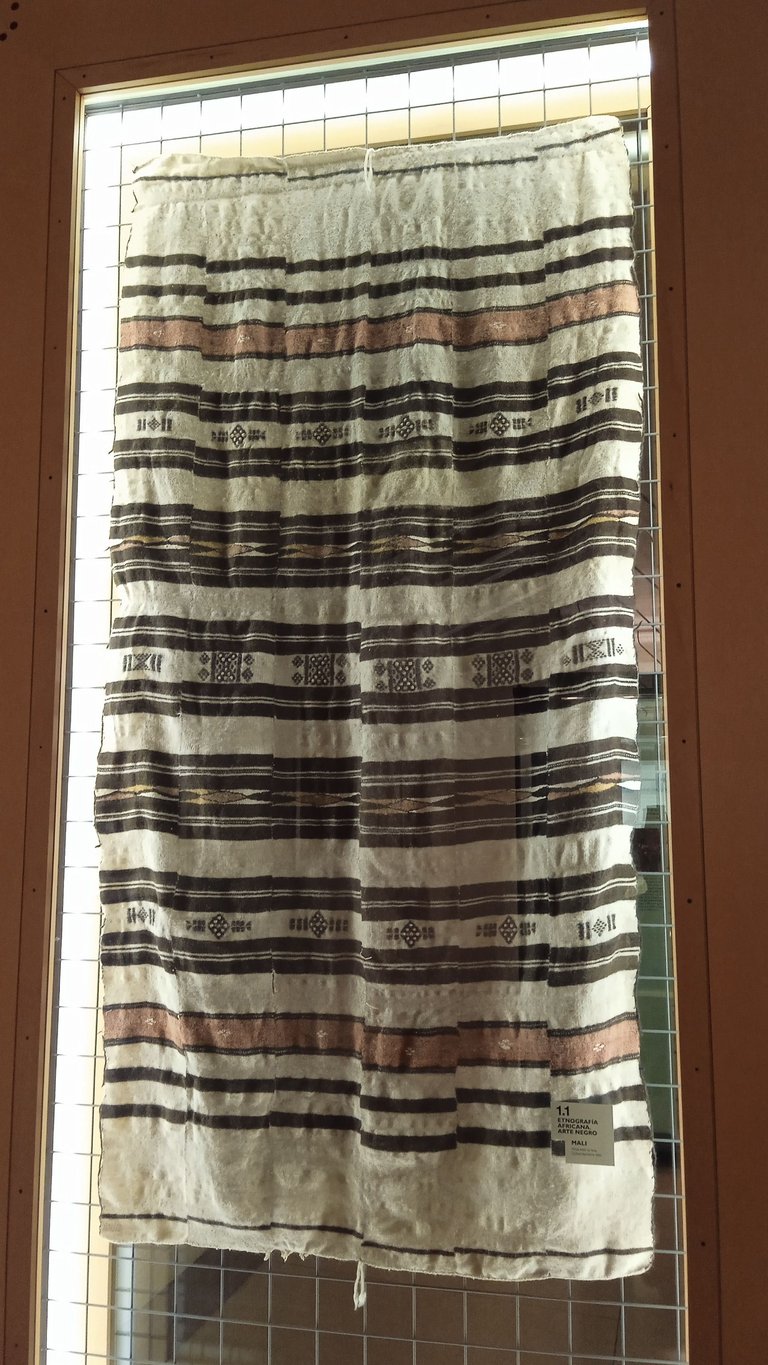
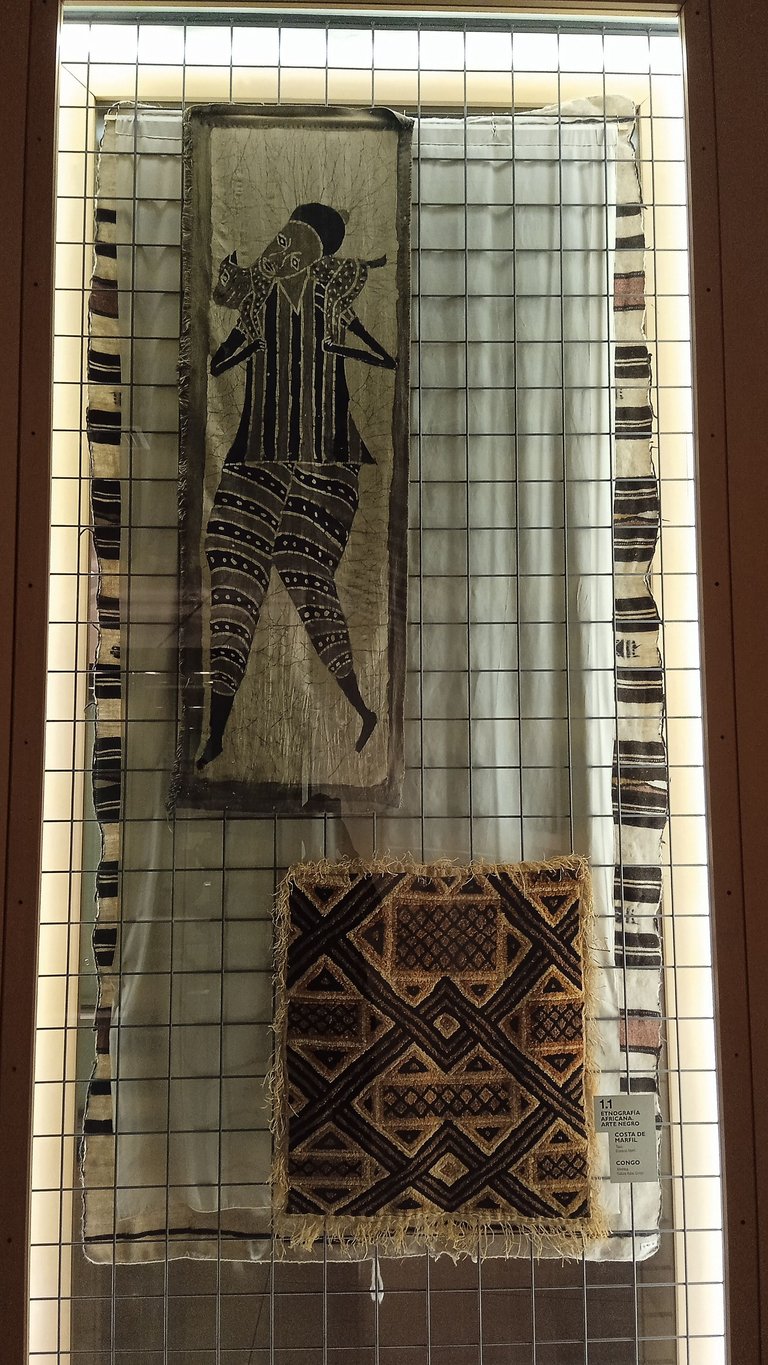
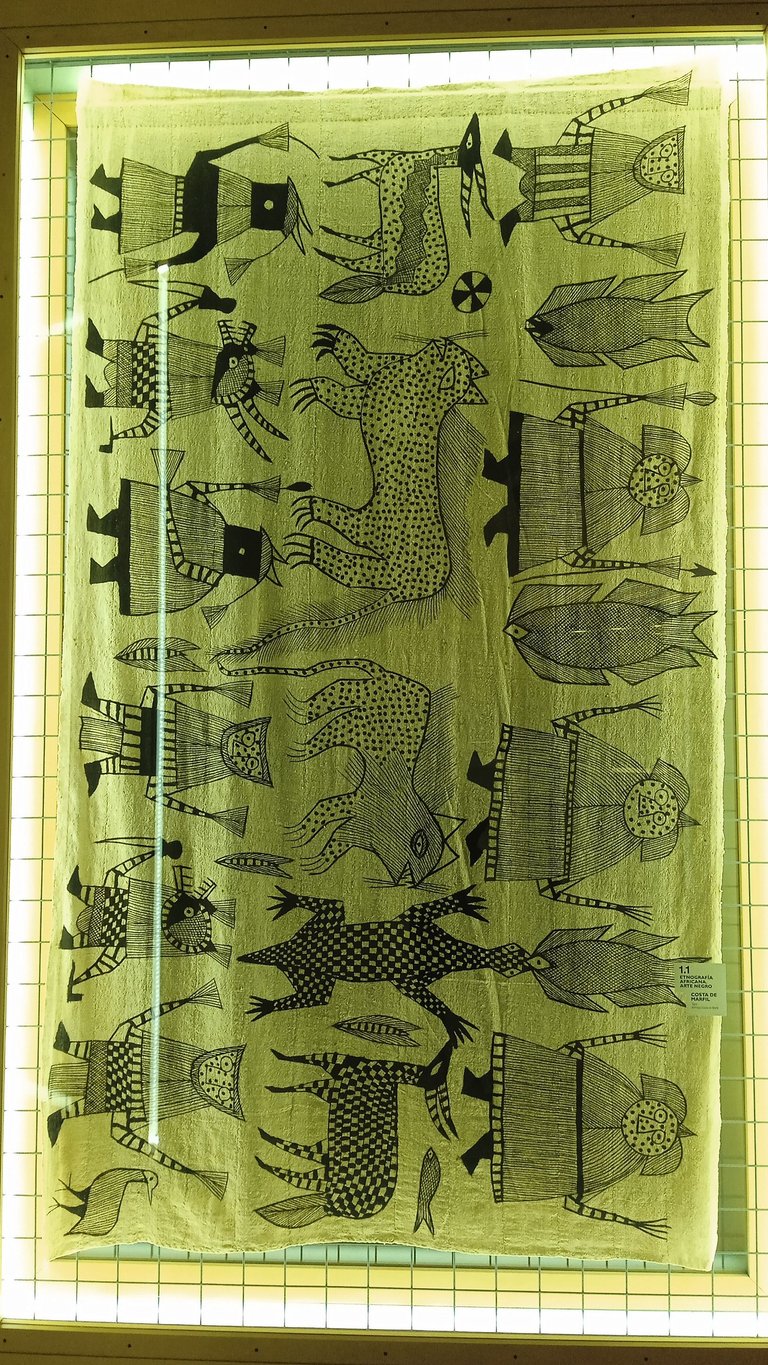
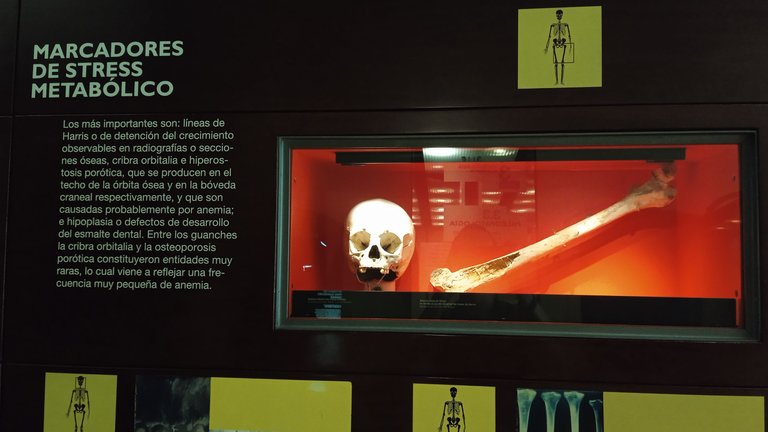

This museum provides a rich collection of bones, especially skulls, and some Guanche mummies. The Guanches practiced mummification. This brings us to the point of religion, since apparently, the Guanches were believers of different deities depending on the island, receiving different names for each one. In the image above we see something interesting, since an analysis of the bones of a good number of Guanches reveals that they had a low frequency of anemia in the population. I mentioned this above, and perhaps it explains a little of their physical build. The Canary Islands tend to have steep and difficult terrain, which would require people with good physical endurance. Moreover, they achieved this despite the little rain that falls during the year in the region, which is necessary for crops and livestock.
Este museo provee una rica colección de huesos, especialmente cráneos, y algunas momias guanches. Los guanches practicaban la momificación. Esto nos conduce al punto de la religión, puesto que al parecer los guanches eran creyentes de distintas deidades dependiendo de la isla, recibiendo nombres diferentes en cada una. En la imagen de arriba vemos algo interesante, puesto que un análisis de la osamenta de un buen número de guanches revela que poseía una baj frecuencia de anemia en la población. De esto justamete les mencionaba arriba, y quizás explica un poco su contextura física. Las islas canarias suelen presentar relieves empinados y difíciles, cosa que requeriría personas con buena resistencia física. Además, lograron eso a pesar de la poca lluvia que cae durante el año en la región, necesaria para los cultivos y ganadería.
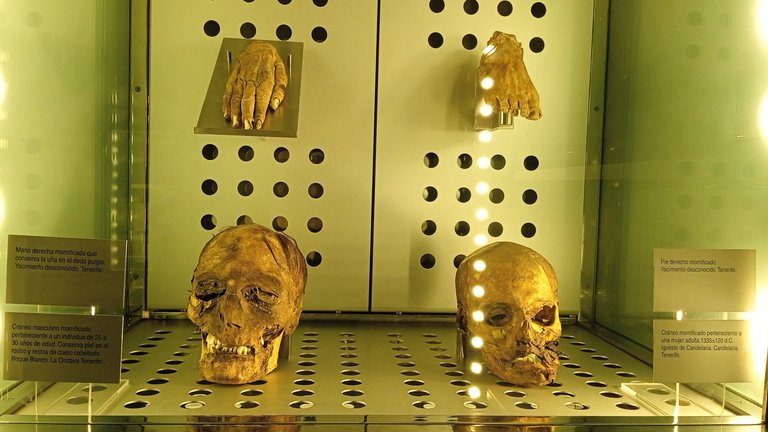
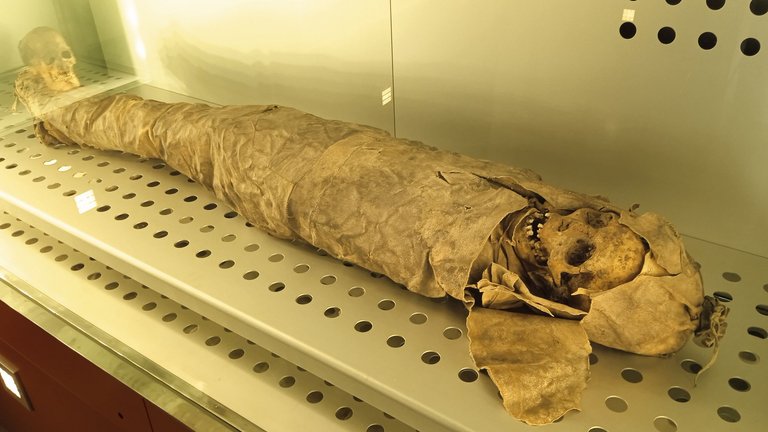
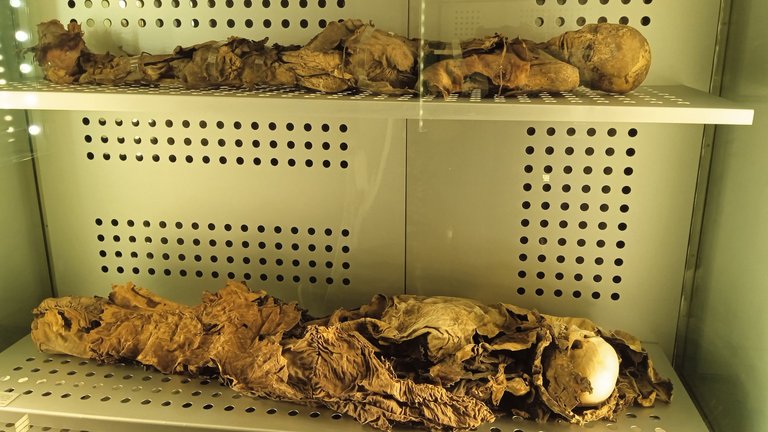
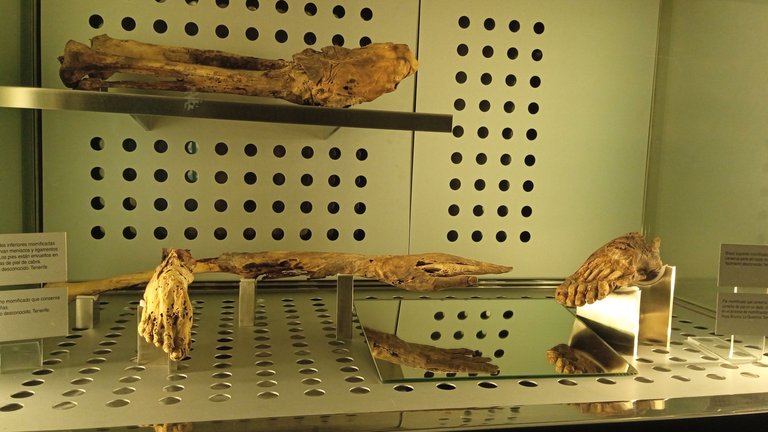
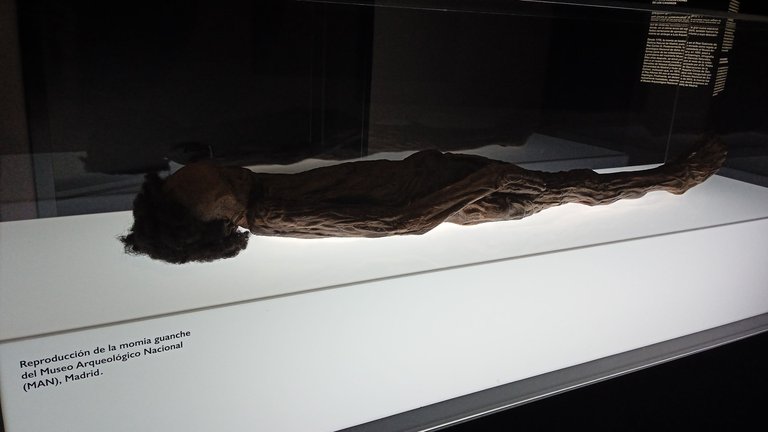
Today, the Guanches occupy an important part of the local culture, although more in a symbolic way, through architecture urban statues, and street names. A certain part of the local population would have Guanche ancestry. As in America, many visions and points of view about these human beings arose among the Europeans. This cultural clash shaped what is now North America, Latin America, and the Canary Islands. The Guanches could be seen either as human beings uncorrupted by civilization (the good savage) or as inferior beings, even as descendants of the people of Atlantis or as some lost tribe of the biblical stories. In times when history and anthropology were not known as it is known today, many theories arose, but they were simply another human group that settled on the islands and spent their lives there.
Hoy en día, los guanches ocupan parte importante de la cultura local, aunque más bien de manera simbólica, a través de la arquitectura y estatuas urbanas y nombres de las calles. Cierta parte de la población local tendría ascendencia guanche. Al igual que en América, muchas visiones y puntos de vista sobre estos seres humanos surgieron entre los europeos. Este choque cultural formó lo que hoy en día es tanto Norteamérica, Latinoamérica y Canarias. Los guanches podrían ser vistos tanto como seres humanos no corrompidos por la civilización (el buen salvaje) o como seres inferiores, incluso también como descendientes de los pobladores de Atlántida o como alguna tribu perdida de las historias bíblicas. En tiempos donde no se conocía la historia y a antropología como se conoce hoy, muchas teorías surgieron, pero simplemente fueron otro grupo humano que se asentó en las islas y estabecieron allí su vida.
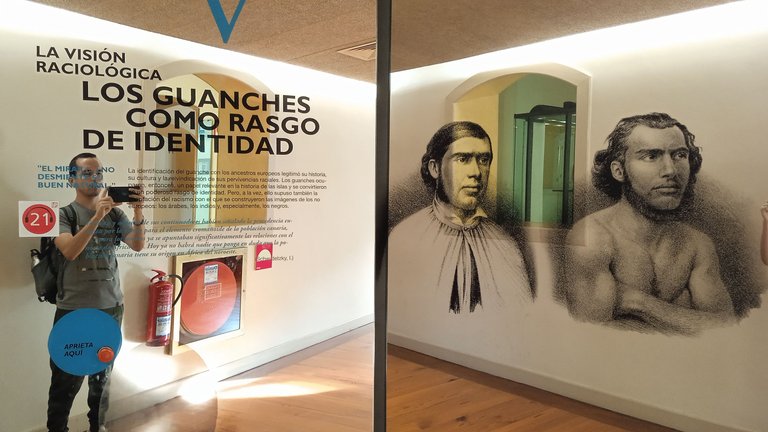
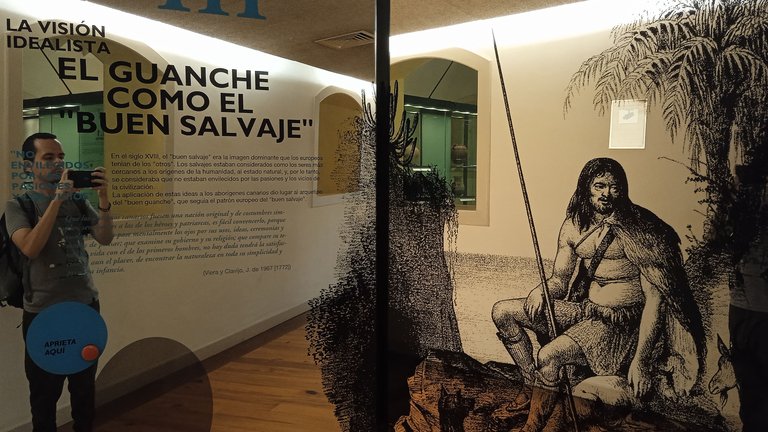
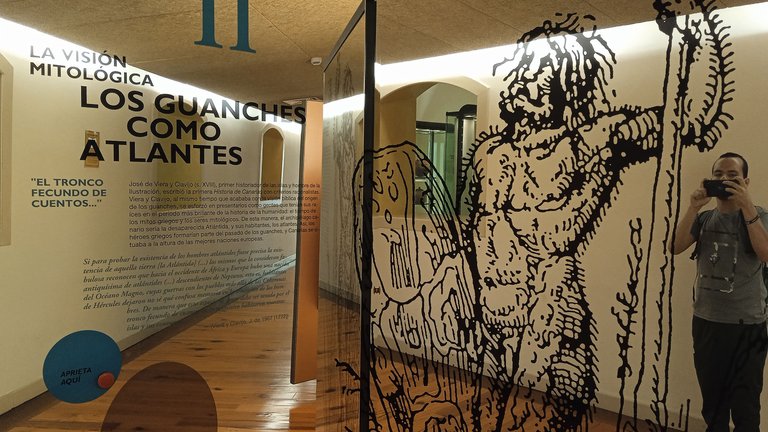
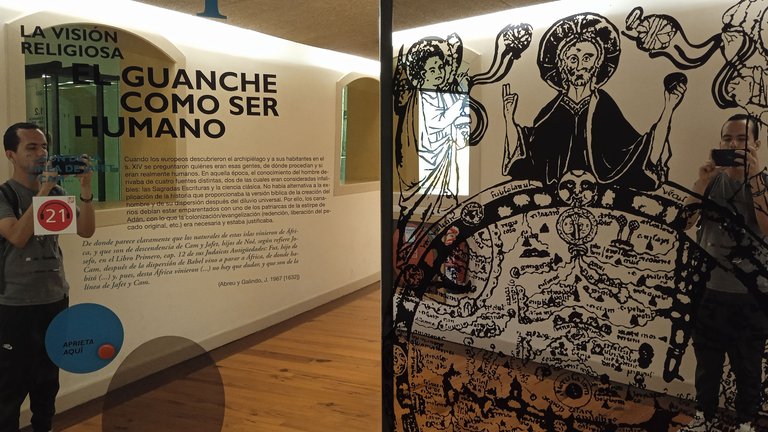
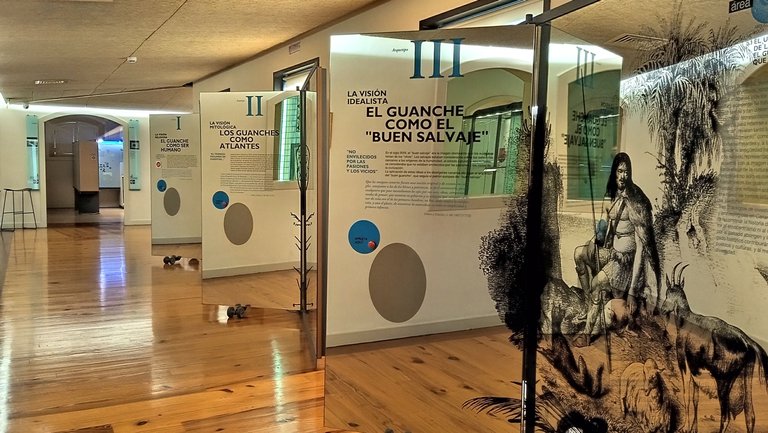
Do you like museums like this one? See you in the next post where we will continue Exploring Tenerife!... See you next time!
¿Te gustan los museos como este? ¡Nos vemos en un próximo post donde seguimos Explorando Tenerife! ¡Hasta la próxima!🔥
FuenteSource
Wikipedia - Aborígenes Canarios
Translated to English language with the help of DeepL.com
Fotografías de autoría propia / Own photos (Redmi 9C)
Otras redes sociales:
 |
 |
 |
F1 & motorsports: @acontmotor
Expresión Creativa. Literatura | Entretenimiento | Arte: @acontblog
| ¡Gracias por visitar! — ¡Thanks for visiting!  |




